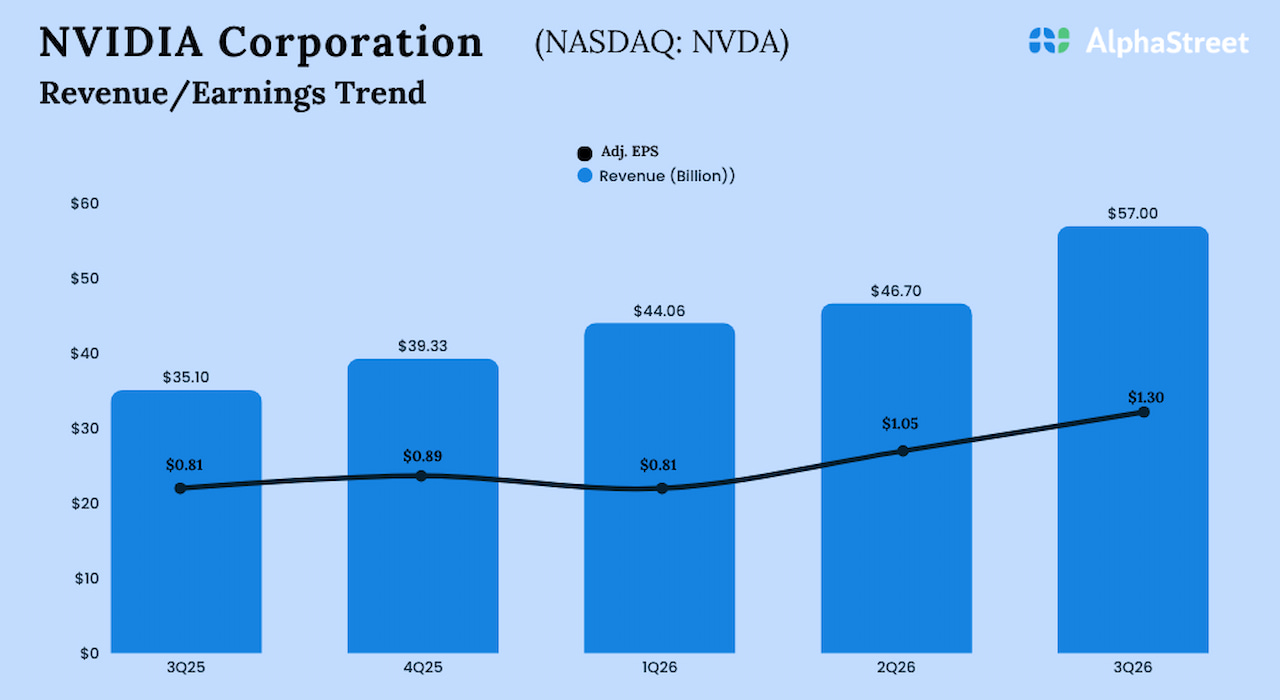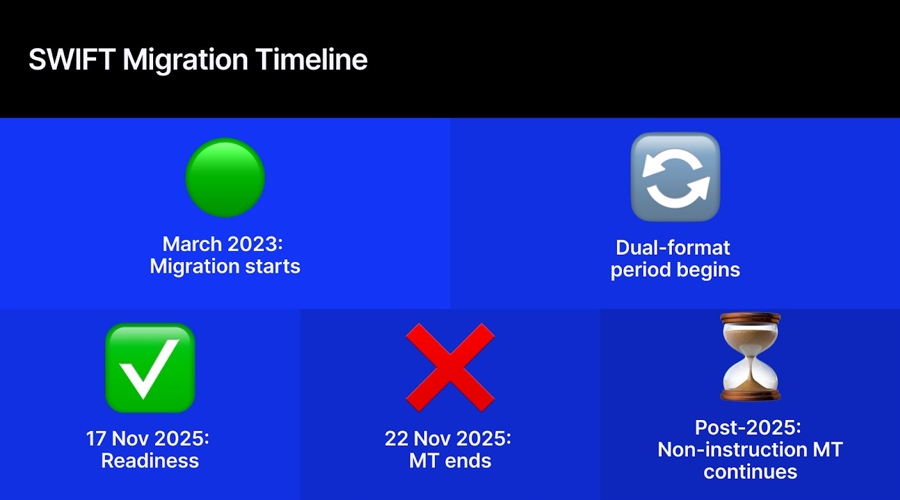A slight uptick in unemployment in October is the one blemish on an otherwise strong employment picture for workers, according to data released by the Bureau of Labor Statistics on Friday.
A significant number of jobs were gained in October and wages remain up overall. And hiring was stronger in industries that previously lacked growth, including health care and manufacturing.
Investors reacted positively to the report, with the S&P 500 rising more than 1% immediately after its release.
Here’s what workers need to know about the latest jobs numbers:
-
The economy added 261,000 new jobs in October, a slight decline in gains compared with September (263,000 new jobs).
-
The unemployment rate rose to 3.7% — a 0.2 percentage point increase from September. The total number of unemployed rose by 306,000 from the previous month. The unemployment rate has remained relatively stable, fluctuating between 3.5% and 3.7% since April.
-
The labor force participation rate barely budged since last month: 62.2% in October compared with 62.3% in September. The labor force participation rate shows the percentage of the population that’s working or actively looking for work.
Here are the other key takeaways from the report.
Earnings growth is slowing, but wages remain high. Average hourly earnings increased nearly 0.4% from September to October — a slight increase from the previous month (0.3%). Wages remain about 4% higher than they were a year ago.
Health care gained 53,000 jobs. Throughout 2022, employment in health care increased by 47,000 on average per month, a stark contrast to the 9,000 on average added per month in 2019.
Manufacturing added 32,000 jobs. Manufacturing has seen an increase of 37,000 on average per month in 2022, a notable increase compared with 30,000 per month in 2021.
Leisure and hospitality shows growth but still lags. An additional 35,000 jobs were added to the leisure and hospitality sector.
Is the job market still thriving?
Two key indicators, job openings and quit rate, show that job seekers still have opportunities across fields. Also, there were few changes in layoffs reported among all employment sectors, with the rate changing little from previous months.
Another report released earlier this week from the Bureau of Labor Statistics — the Job Openings and Labor Turnover Summary, or JOLTS — showed job openings remained strong, rising to 10.7 million in September after a one-month blip in August when openings dropped by more than 1 million. The most significant increases in job openings were found in accommodation; food services; health care and social assistance; and transportation, warehousing and utilities. On the other hand, job openings are starting to decrease in wholesale trade as well as finance and insurance.
The JOLTS report also showed the quit rate remained steady at 2.7% for the third straight month, which economists say is a critical factor in the health of employment prospects since quitting shows that workers feel safe making a job switch.
Quit rates increased in state and local government jobs, which shows there may be more movement among workers in this sector. However, the inverse is likely true in three industries where quit rates decreased: construction; transportation, warehousing and utilities; and durable goods manufacturing.
Wages are also firmly in workers’ favor: In another report released on Oct. 28, the Bureau of Labor Statistics found that wages and salaries increased 5.1% over a one-year period ending in September 2022. In the year before that, ending September 2021, wages and salaries increased by 4.2%.
While the overall employment picture looks rosy, multiple forecasts predict job losses in 2023. In September, the Federal Reserve projected unemployment would reach 4.4% next year. Bank of America, meanwhile, projects an even higher unemployment rate of 5.5%.
The Federal Open Market Committee raised its federal funds rate again this week to bring down inflation, which is expected to eventually lead to a higher unemployment rate.
Employment prospects in your field
Workers wondering if it’s time to make a move might want to consider what’s happening with employment in their industry. Here’s what you need to know, based on Bureau of Labor Statistics data over time:
Employed in October: 7.7 million.
% change since September: +0.01%.
% change since February 2020: +0.98%.
Employed in October: 3.9 million.
% change since September: +0.22%.
% change since February 2020: +0.55%.
Employed in October: 9 million.
% change since September: +0.03%.
% change since February 2020: +1.37%.
Employed in October: 22.4 million.
% change since September: +0.13%.
% change since February 2020: -1.87%.
Health care and social assistance
Employed in October: 20.9 million.
% change since September: +0.34%.
% change since February 2020: +0.58%.
Employed in October: 3 million.
% change since September: +0.13%.
% change since February 2020: +5%.
Employed in October: 15.9 million.
% change since September: +0.22%.
% change since February 2020: -5.85%.
Employed in October: 12.9 million.
% change since September: +0.25%.
% change since February 2020: +0.47%.
Employed in October: 634,000.
% change since September: No change.
% change since February 2020: -11.58%.
Professional and business services
Employed in October: 22.5 million.
% change since September: +0.17%.
% change since February 2020: +4.28%.
Employed in October: 15.8 million.
% change since September: +0.05%.
% change since February 2020: +1.08%.
Transportation and warehousing
Employed in October: 6.5 million.
% change since September: +0.13%.
% change since February 2020: +14.87%.
Employed in October: 5.9 million.
% change since September: +0.25%.
% change since February 2020: -0.22%.







































